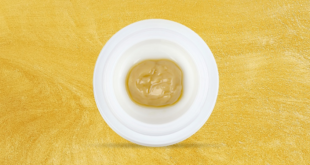
Overdose deaths from pharmaceutical opioids, such as Vicodin, Percocet and OxyContin, have nearly tripled since 1991. Every day 46 people die from such overdoses in the United States.
In the 13 states that passed legislation allowing for the use of medical marijuana between 1999 and 2010, 25% fewer people died from opioid overdoses annually. Currently, 35 states have passed laws to allow qualifying patients access to marijuana for medical purposes.
In a study published in JAMA Internal Medicine, researchers hypothesized that in the states where medical marijuana is legal, patients may be using marijuana to treat pain by either replacing their prescription opiates or mixing the two; either way, the patients would likely be lowering their typical opiate dosage making it less likely to lead to a fatality.
“The difference is quite striking,” said study co-author Colleen Barry, a health policy researcher at Johns Hopkins Bloomberg School of Public Health in Baltimore. She told Newsweek that the shift showed up quite quickly and became visible the year after medical marijuana was legalized in each state.
It is a fact that marijuana is much less toxic than opiates like Percocet or morphine, and that it is basically impossible to overdose with marijuana, noted Barry.
 AZ Marijuana Arizona Marijuana Info
AZ Marijuana Arizona Marijuana Info






